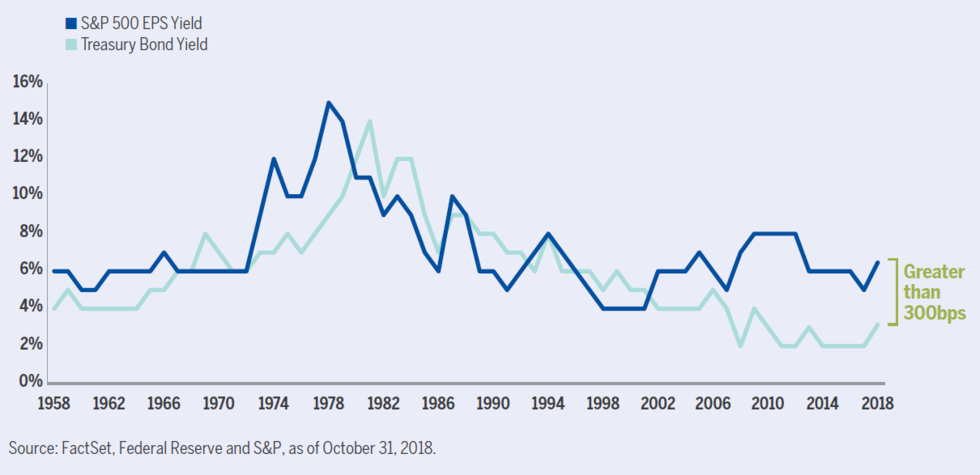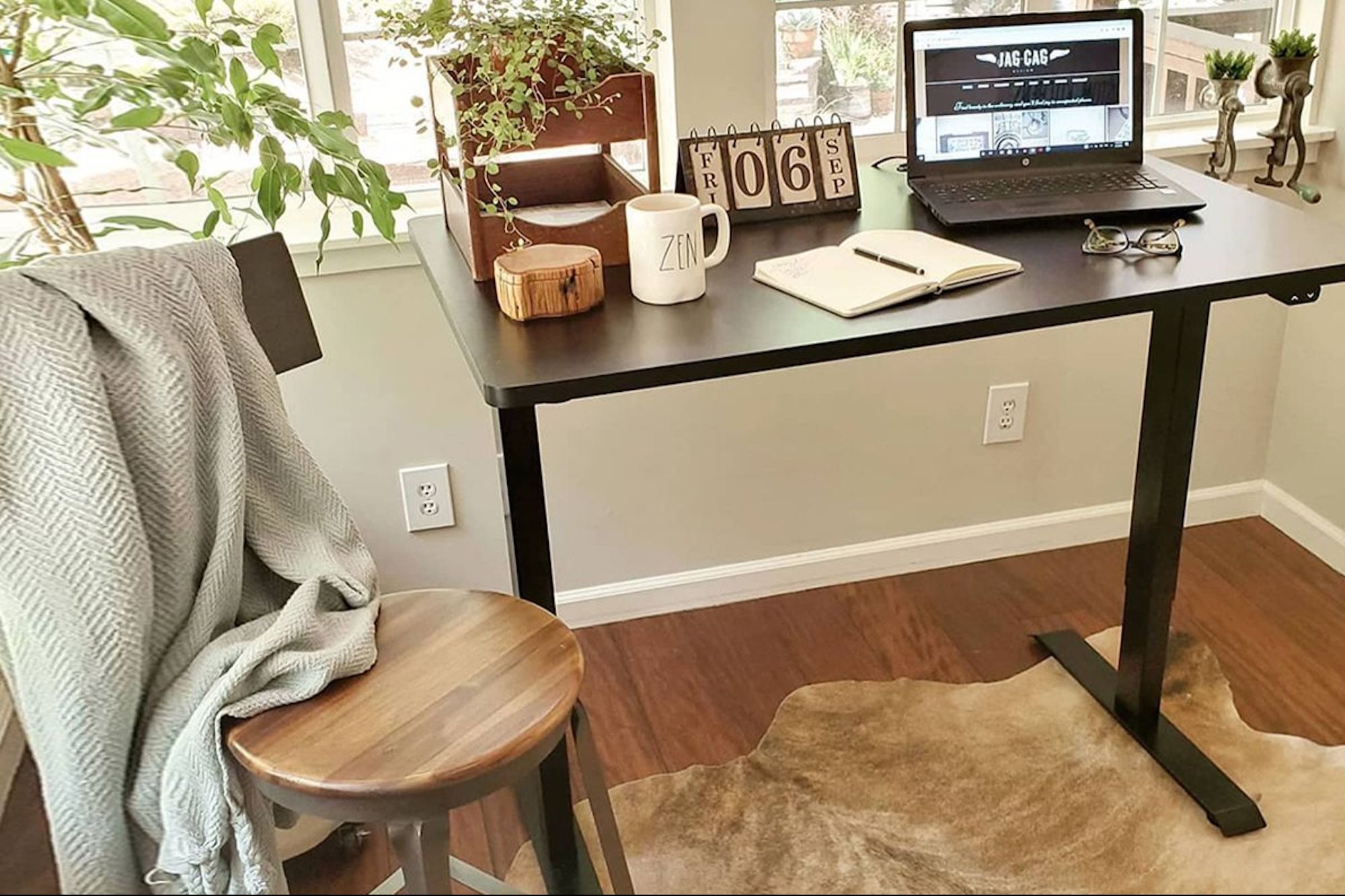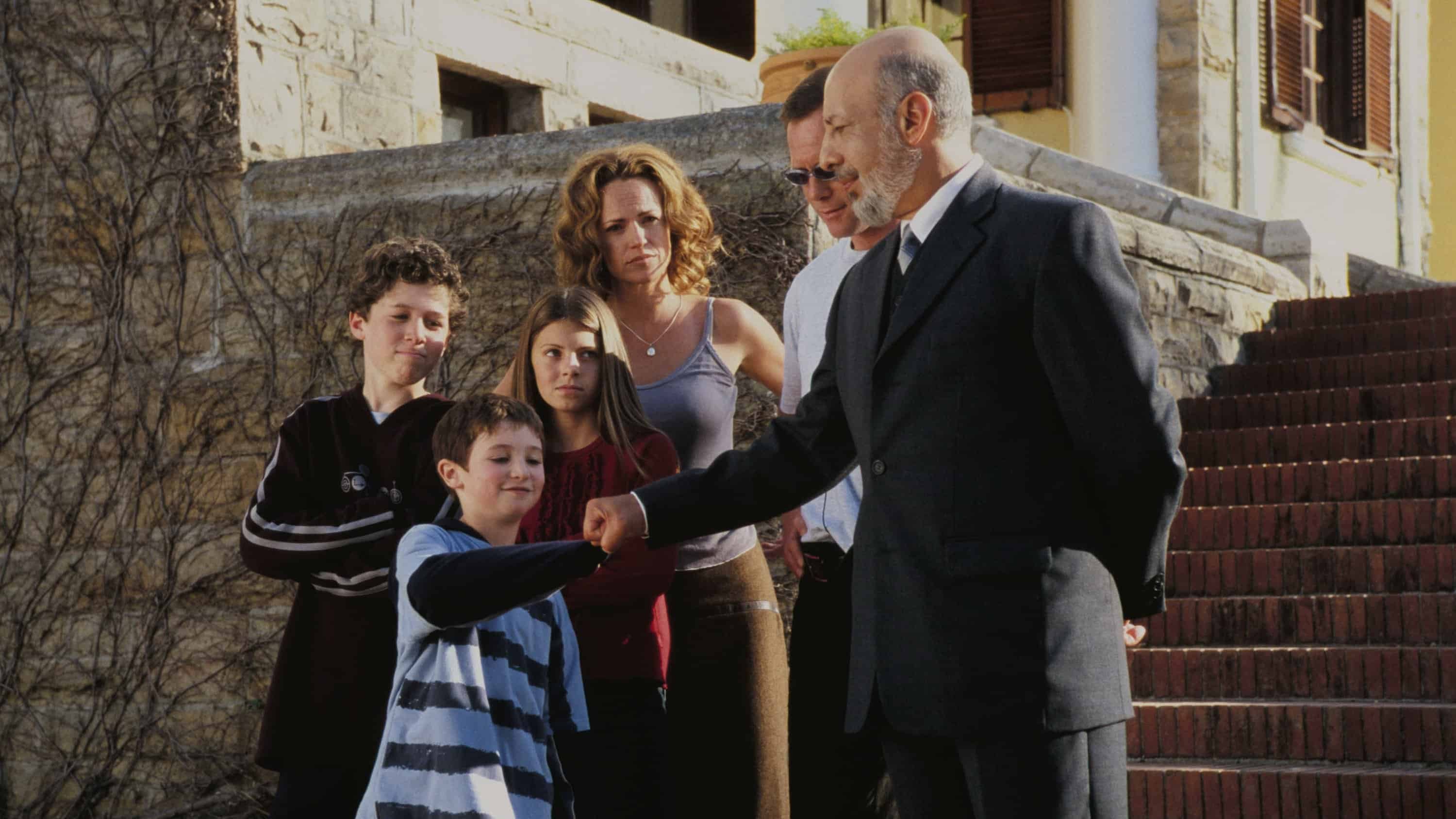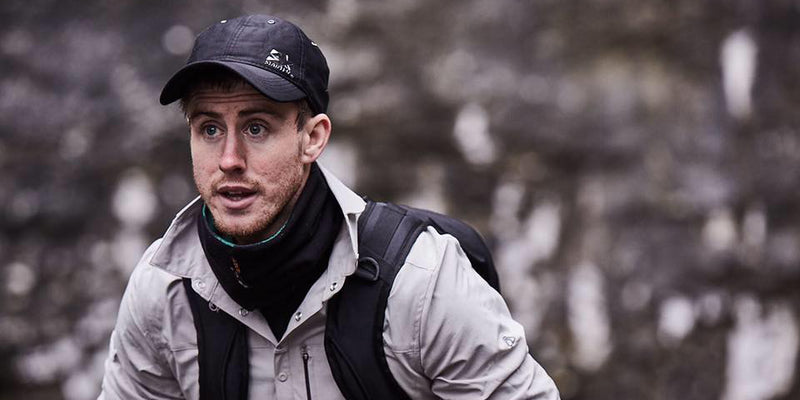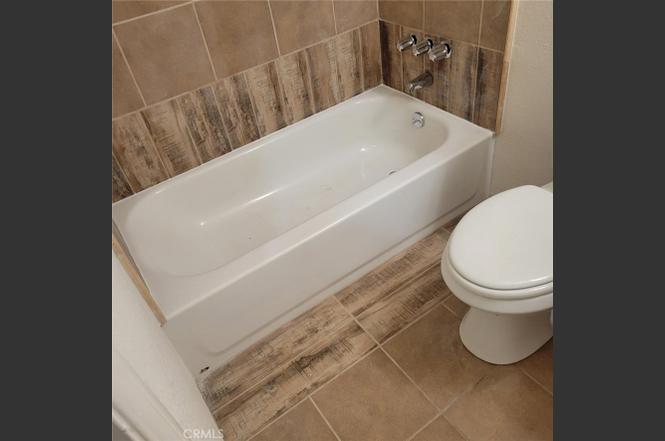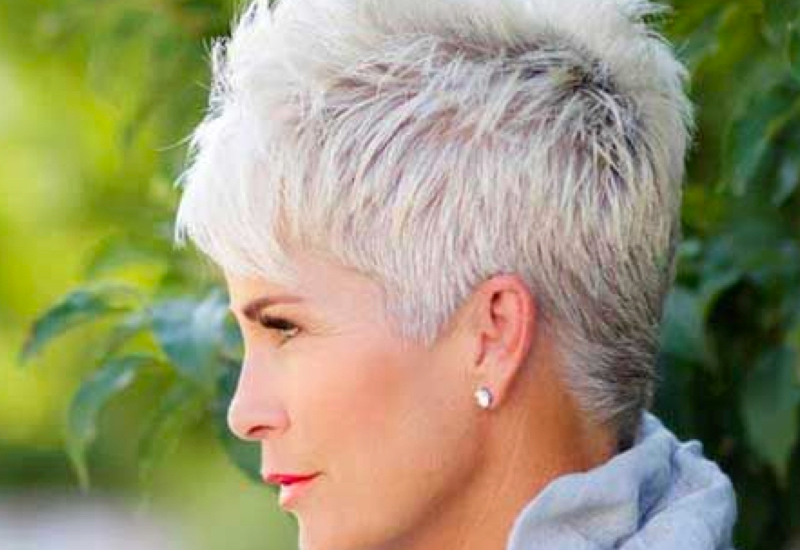Table of Content
This can allow you to squeeze harder, engage more muscles, and generate more force during your workouts. The flip side is that when forearms or wrists are underdeveloped or weak, it can limit how hard you’re able to train other body parts. To build even stronger forearms, Kreipke adds an exaggerated motion to his wrist curls to add grip work to his flexor training.
That’s because you have SERIOUS moment arms that are working against you. You see, gravity operates in a straight line. Anything that deviates away from this line will cause you to experience shittier leverages.
How can I make my skinny wrists bigger?
You may now grip the ends of the towel, one in each hand, lift your feet off the floor and hang there. First find a regular bath towel, although any large piece of cloth or length of rope will do. I do recommend a towel though, because it is easier to grip and hold comfortably for any length of time. This exercise, in particular, will help develop vascularity as well as strength due to the almost constant tension and movement it requires.
If you experience soreness after these exercises, ice the affected area and try light stretching to reduce tension. Use a pair of forearm grips or another object that you can squeeze, such as a tennis ball or a sock. You can also perform this exercise by walking backward. Before trying the reverse farmer’s walk, make sure your space is clear of obstacles. To increase the difficulty, wrap a towel around the dumbbell handles.
Trap Bar Carry
This is another exercise where the benefit comes from the isometric contraction of your forearm muscles keeping the wrists straight and develops stability and endurance. It is an isometric exercise that develops strength through constant tension. It may be a trick, but it is not remotely easy and your forearms will be sore the next day. Our lifting newsletter for men—18,414 readers and climbing. It kicks off with a 5-part series about how to build muscle more leanly, gain strength faster, and improve your appearance.
For people with naturally thinner wrists or longer forearms, training the wrist extensors can help. Wrist flexion, such as with seated and standing wrist curls. The elbow flexors in our wrist are perhaps the biggest forearm muscles, and they have a huge carryover to our forearm aesthetics. Most guys who train for strength don’t train these directly, and so they often lag behind. It’s only bodybuilders, some athletes, and some people with manual labour jobs who tend to have thick wrist flexors.
What exercises increase forearm size?
After you complete whatever heavy upper-body work you're doing for the day, you can do specific movements for the forearms. Finger push ups improve your grip strength, they strengthen your fingers and they increase the size of your forearms. While it may be true that genes might play a role in the size of forearm muscles, they are not the be-all-end-all determinants of bigger forearm muscle growth. The right exercises can build massive forearm muscles.
Experiment with multiple combinations of sets and reps, as well as various intensity boosters, to see what really is most effective for you. As with calf training, you might have to explore multiple approaches to extract gains that come agonizingly slow. With repetition and time, those incremental gains finally become more substantive. Diamond push-ups focus mainly on the triceps brachii, the muscle that runs along the back of your upper arm. The triceps work in tandem with the biceps on the front of your upper arm to enable extension and retraction of your forearm. Most sources claim that arm wrestler Jeff Dabe has the world’s biggest forearms, which check in at 19 inches.
Is 100 push ups a day bad?
Compound exercises are often enough to train our grip strength and brachioradialis muscles, and that’s certainly part of building bigger forearms. But our wrist flexors and wrist extensors will often lag behind. To build bigger forearms, then, it helps to target them directly.

Grip strength is a great proxy for general strength, and stronger people tend to be healthier, more attractive, and live longer. Now although this alone will hit many of forearm muscles, it’s important that you don’t just stop here as most people do. Because the forearms still have a lot more potential for growth which we can capitalize on. You can do so by incorporating some of the other movement functions of the forearm muscles beyond just flexion and extension.
Kreipke says there's no need to do complicated movements for the flexors and extensors; simple wrist curls off the end of a bench have been effective since Arnold was training. "You just have to make sure that the wrist is flexing. I normally do this movement off a bench or some sort of support," he says. Forearm-specific training is the recommended way to fully fatigue the various muscles of the forearm and ensure they're worked through the entire range of motion.

Tie one edge to the leg of the sofa or to other massive furniture. Wrap the second on your fingers, lie on the mat or just on the floor. The bandage is perpendicular to the body, located on the outside. Hands pressed to the body, only the wrists move. Pull the bandage towards you and let go, imitating the struggle on your hands. If you need to increase the load, the rubber band is folded several times and slightly moved away from the sofa.
As an added benefit your shoulders and back will also get a good workout. 3) Pull steadily downward with your free hand while trying to flex your table side wrist up. 2) Grip the towel around the middle with your table side hand and the hanging ends of the towel with your free hand.
Hold a set of dumbbells with your arms hanging straight down and your palms facing forward. With your shoulders back and your arms locked at a 90-degree angle to the floor, curl the dumbbells toward your shoulders. Squeeze your biceps hard at the top of the curl, slowly moving them back to the start position.
In an athletic stance, hold a bumper plate by its end in front of you. Start about waist-high, drop the plate, and reach down to catch it by its end. In terms of progressive overload, it’s super easy. Simply monitor how much water is in the pot, and try to increase the amount every time you do this exercise. Eventually, the water shall reach the top of the pot and you’ll be able to switch to a larger size.







